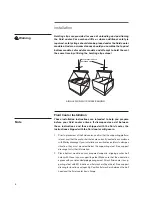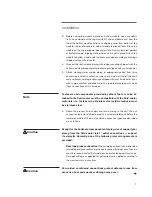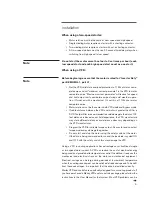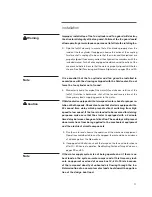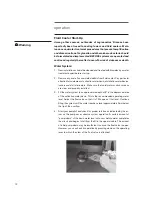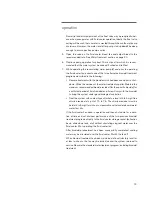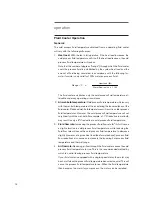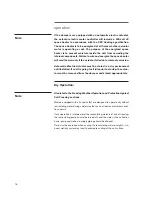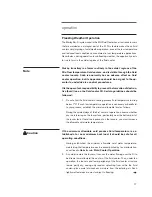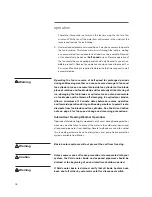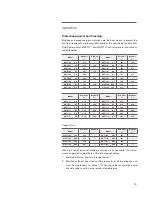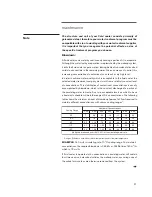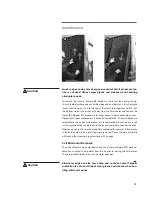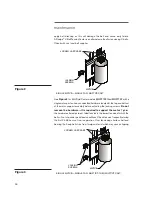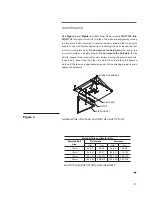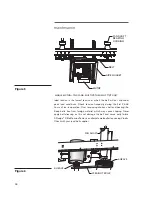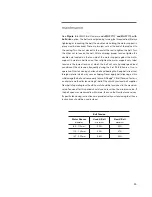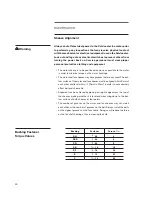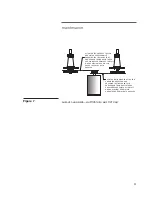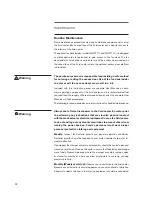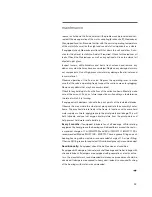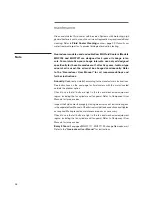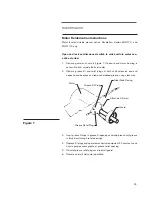
20
Draining the coil is not acceptable as a normal method of freeze
protection—draining promotes corrosion inside the coil tubes.
Draining is acceptable in an emergency if the coil is not protected
by an antifreeze solution.
It is recommended that you discuss your freeze prevention options with your
local Marley sales representative.
Water Treatment and Blowdown
Maintaining Water Quality:
The steel used in MH Fluid Coolers has been galvanized with a heavy zinc
coating averaging .05mm in thickness. Other materials used (PVC fill, drift
eliminators, and louvers, aluminum fans, cast iron Geareducer, etc.) are se-
lected to offer maximum service life in a “normal” fluid cooler environment,
defined as follows:
Recirculating water with a pH between 6.5 and 8; a chloride content (as NaCl)
below 500 mg/l; a sulfate content (SO
4
) below 250 mg/l; total alkalinity (as
CaCO
3
) below 500 mg/l; calcium hardness (as CaCO
3
) above 50 mg/l; no
significant contamination with unusual chemicals or foreign substances; and
adequate water treatment to minimize scaling.
• Startup Conditions: The water conditions during initial fluid cooler opera-
tion are crucial in preventing premature corrosion of galvanized steel (white
rust). For at least the first eight weeks of operation, pH should be controlled
between 6.5 and 8.0 with hardness and alkalinity levels between 100 and
300 mg/l (expressed as CaCO
3
).
• Chlorine (if used) shall be added intermittently, with a free residual not to
exceed 1 mg/l—maintained for short periods. Excessive chlorine levels may
deteriorate sealants and other materials of construction.
• An atmosphere surrounding the fluid cooler no worse than “moderate
industrial”, where rainfall and fog are no more than slightly acid, and they
do not contain significant chlorides or hydrogen sulfide (H
2
S).
• Many proprietary chemicals exist for control of scale, corrosion, and biologi-
cal growth and should be used prudently. Also, combinations of chemicals
may cause reactions which reduce treatment effectiveness, and certain
chemicals such as surfactants, biodispersants and antifoams may increase
drift rate.
maintenance
Caution

